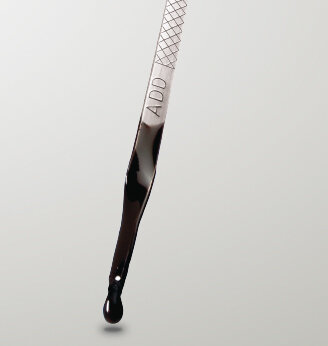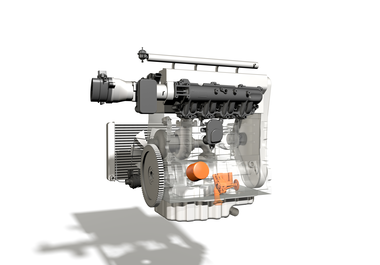
How to check oil level and oil consumption correctly
Information on use
What is the correct way to measure the oil level and oil consumption? Are there different approaches to measuring oil consumption? What should be taken into account during an oil change? And why is it important to differentiate between the first fill volume and the top-up volume? You will find answers to these questions here.
Checking the oil level
Mistakes are often made when reading the oil level, with the result that actual oil consumption is wrongly interpreted.
- To read the oil level correctly, the vehicle must be on a level surface.
- Wait five minutes after switching off a warm engine to give the engine oil time to drain back into the oil pan.
- After withdrawing the dipstick, hold it vertical with the end pointing downwards so that the engine oil does not track back up the dipstick resulting in an incorrect reading.
If the engine oil level is low, it should be topped up slowly 0.1 litre at a time. This will prevent too much engine oil being added too quickly so that the oil level ends up being too high.
After an oil change, do not immediately top up to the specified oil level. Instead just fill to the minimum mark. Then run the engine until the oil pressure has built up.
After switching off the engine, wait a couple of minutes for the engine oil to flow back into the oil pan. Having done this, check the oil level again and top up the difference to the maximum mark.
Measuring vehicle oil consumption
- Check the oil level using the proper method and top up to the maximum mark.
- Drive the vehicle for 1000 km keeping a record of the fuel consumption.
- Check the oil level again after 1000 km and top up to the maximum mark. The quantity added will be the oil consumption at 1000 km.
- More precise method: Divide the quantity added by the recorded fuel consumption and compare it to the values stated above.
Top up amounts
When the oil is changed a certain amount of engine oil is left in the engine (adhering to pipes, channels, oil coolers, oil pumps, units and surfaces).
The oil quantities stated in the repair shop manual or in operating instructions often fail to make a distinction between initial filling quantity (for a dry, oil-free engine) and the quantity for an oil change (with/without filter replacement).
If the oil quantity for initial filling is added when changing the oil, the oil level will be too high.
The reverse is also possible. If the quantity of oil specified for an oil change is too low and the engine is started, it will not have enough engine oil. If the oil level is not checked and topped up, the low level will often be mistakenly attributed to oil consumption.
